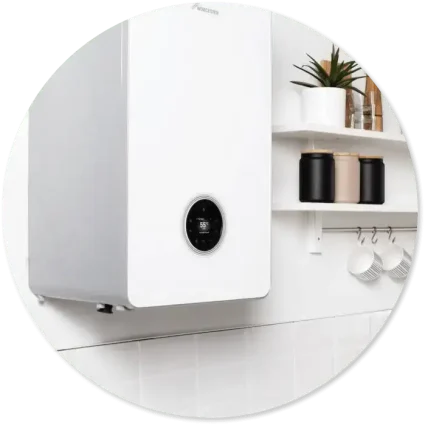
Discover all the essential information you need to know when purchasing a boiler in 2023. Our comprehensive guide covers everything from the various types and efficiency ratings to features, warranties, and maintenance. With our expert advice, you can make confident and informed decisions, reduce energy costs, and ensure optimal comfort and efficiency throughout the heating season.

Follow these recommendations to choose the best size furnace for your home to optimize it’s energy efficiency and lifespan.
Tip: A licensed technician should measure the size of your new boiler to avoid issues with humidity and temperature imbalance post install.
Choosing the right type of boiler is important for ensuring optimal comfort and energy efficiency in your home. Learn about the different types of boilers to help you make an informed decision based on your heating and hot water needs
Combi boilers provide both hot water and heating, making them a popular choice for small homes with limited space. They are highly efficient and compact, making them ideal for those who want to save on energy and space.
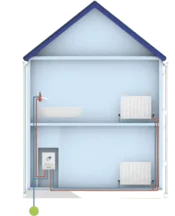


System boilers require a separate hot water cylinder but do not need a cold water tank. They are a good option for larger homes with multiple bathrooms and high hot water demand.
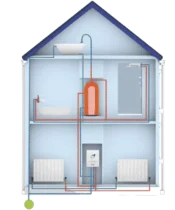


Heat only boilers are the oldest type and require both a hot water cylinder and a cold water tank. They are ideal for homes with multiple bathrooms and high hot water demand, but they are less efficient than the other types of boilers.


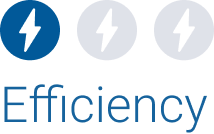
It is important to understand the types of fuel that is available to you before you purchase a new furnace.
Gas boilers are a popular option among homeowners due to their safety, cost-effectiveness, and clean-burning fuel. Recent advancements in gas boiler technology have made them more energy-efficient and able to communicate with other home appliances. Natural gas is widely available in many areas, making it a convenient and reliable choice for many homeowners.
Oil boilers are a good option for those who live in rural areas without access to other fuel types, such as natural gas or electricity. They require a regular supply of oil and must be properly vented to the outside of the building to ensure safe operation. When it comes to operating costs, efficiency, and emissions, oil boilers can be less efficient and produce more emissions than other fuel types.
Electric boilers are a viable option for homeowners who do not have access to natural gas or oil. They are also a good choice for small homes or flats with low heating demands. Electric boilers are generally more expensive to operate than other fuel types, but they are highly efficient and do not produce emissions. They are easy to install, require little maintenance, and are compatible with a variety of heating systems.
To make the right decision to buy or rent your new boiler, ensure you know what equipment you’re purchasing, total cost of ownership and maintenance requirements.
Tip: You can be sure you’re choosing an energy efficient boiler by first checking whether it’s ENERGY STAR® rated.

When it comes to furnaces, there are a variety of features and options that can make a big difference in the comfort and energy efficiency of your home. Some of the most popular and useful options include:
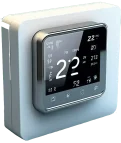
Set different temperature settings for different times of the day, so you can save energy when you're not home and stay comfortable when you are.

This feature allows the furnace's blower to run at different speeds, depending on the heating demand. This can help to improve the overall efficiency of the furnace, as well as reduce noise levels.
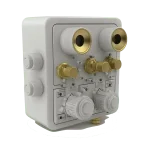
This feature allows the furnace to adjust the amount of gas that is used to heat the home, depending on the heating demand. Improves the overall efficiency of the furnace and gas consumption.
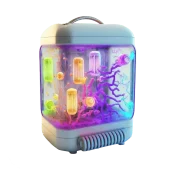
This furnace add-on uses ultraviolet light to kill bacteria, viruses, and other microorganisms in the air. This can help to improve indoor air quality and reduce the risk of respiratory infections.

This feature uses electronic charges to attract and capture small particles, such as dust, smoke, and pollen. This can help to improve indoor air quality and reduce symptoms of allergies and asthma.

This feature uses electronic charges to attract and capture small particles, such as dust, smoke, and pollen. This can help to improve indoor air quality and reduce symptoms of allergies and asthma.
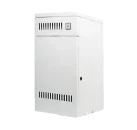
Installing a new furnace is a significant investment. Make sure you get the most out of your new system by choosing a reputable installer who follows these essential steps for proper assessment, expert guidance, and effective consultation

A reputable installer should start by assessing your home's technical aspects and your personal preferences and needs. This includes evaluating the size of your home, the number of rooms, insulation, and ductwork.

The installer should provide expert guidance to ensure that you choose the right furnace size and model for your home. An oversized furnace is more costly to operate, while an undersized furnace may fail to provide adequate heating.

The installer should provide you with 1) a flexible selection of the latest technologies, models, and brands that are suitable for your needs and 2) explain the various features and options available, as well as their benefits and limitations.
Installing a new furnace is a big investment and it’s important to be prepared for the process. This section will explain what you can expect from the installation process and how to prepare your home and family for the installation day.
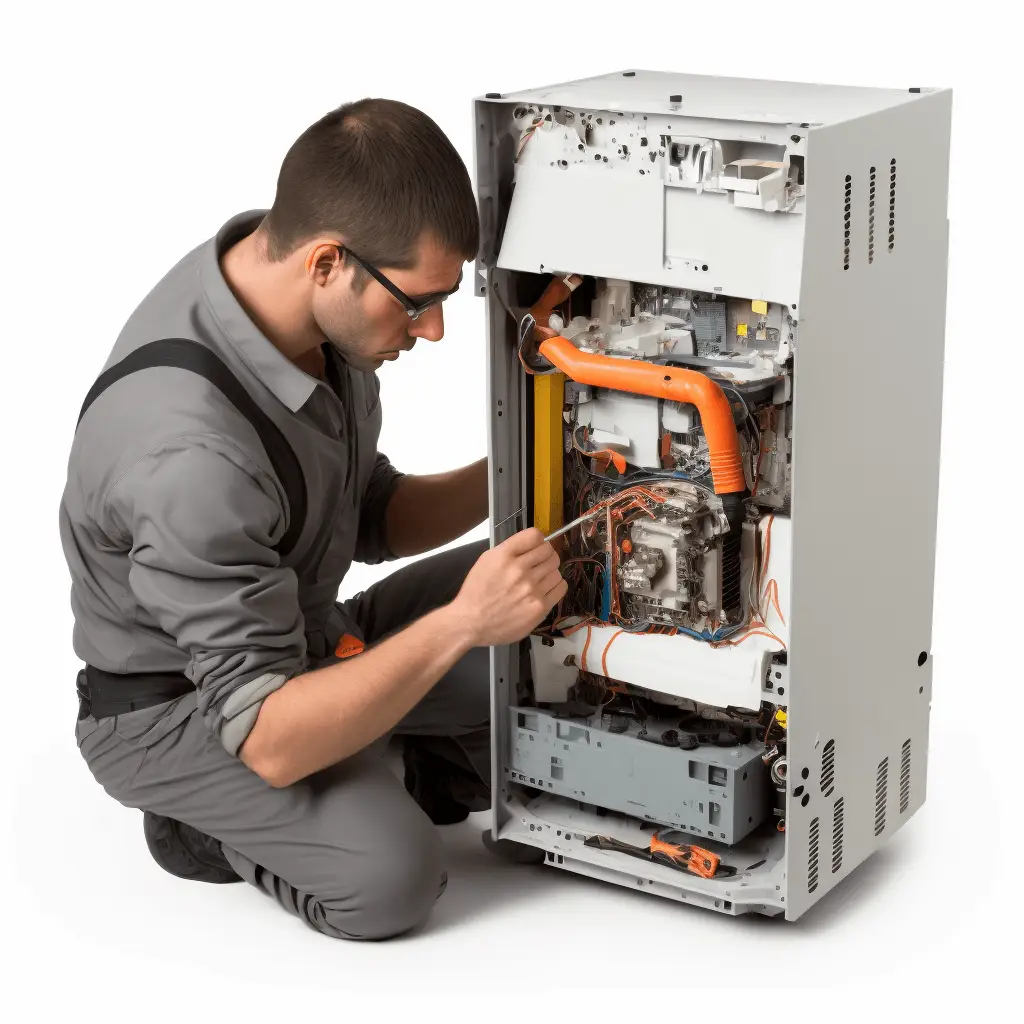
Before the installation day, clear out any clutter and debris from the furnace room and any other areas where the technicians will be working. Make sure the room is well lit and easily accessible. It's also a good idea to keep kids and pets away from the work area for their safety.
The installation process can be messy, so it's important to protect your home from any potential damage. Make sure the technicians wear booties over their shoes to protect your floors and carpets. Additional floor protection, such as drop cloths, may also be necessary.
After the installation is complete, the technicians will test the new system to ensure proper function. They will also remove and dispose of the old furnace and any other parts, as well as clean up the work area. Expect the process to take around 2 hours.
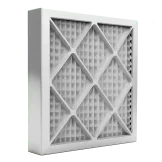
It is recommended that you consider the minimum efficiency reporting value (MERV) of 7 when choosing a furnace filter for your home, which determines how well the filter will capture airborne particles.

A furnace filter acts as a barrier to trap dust, dirt, and other particles from the air that circulate through the HVAC system. This not only improves the indoor air quality but also helps to prolong the lifespan of the furnace itself.
Properly installed and maintained furnace filters can also help to remove allergens, pollutants, and other harmful contaminants from the air. This can help to alleviate symptoms of allergies and other respiratory conditions.
Regularly replacing your furnace filters can also help to reduce the buildup of allergens in your home, particularly during allergy season. This can help to alleviate symptoms and make your home a healthier place to live.
Tip: Replace your filters at least once a month, if not more often for optimal efficiency.
A good furnace filter may help you or someone in your home who frequently suffers from seasonal allergies or airborne allergens. Replace your filters at least once a month, if not more often for optimal efficiency.





Regular maintenance ensures that your furnace is running safely and efficiently, including checks for potential safety hazards, such as carbon monoxide leaks, and ensuring that the furnace is running at peak performance, consuming the least amount of energy possible.

Prolong your furnace lifespan by cleaning and adjusting the burners, inspecting and tightening electrical connections, and checking the flue for proper ventilation. By identifying and fixing small problems before they become bigger and more costly issues, regular maintenance can help to extend the life of your furnace.
By keeping your furnace running safely and efficiently, you can reduce your energy consumption and lower your utility bills. Identify and fix small problems before they become bigger and more costly issues, regular maintenance can help to extend the life of your furnace, reducing the need for costly repairs or replacements.
Keep your furnace running safely and efficiently by following the manufacturer’s guidelines for maintenance, registration, cleaning and record keeping. Maintain warranty coverage with these essential steps.

Many furnace manufacturers require their products to be registered and maintained by a licensed contractor in order to keep the warranty valid. It's important to read the manufacturer's recommendations and follow them closely to ensure that your furnace is running properly and to avoid any issues with warranty coverage.
Regular cleaning and inspection of your furnace can help to identify and fix small problems before they become bigger and more costly issues. This can include cleaning and adjusting the burners, inspecting and tightening electrical connections, and checking the flue for proper ventilation.
Keeping a record of when you last had your furnace serviced, and what was done, can help you stay on top of your maintenance schedule and ensure that your furnace is running safely and efficiently. This can include keeping track of the date of the last service, the type of service performed, and any issues that were identified and addressed.

When purchasing a furnace, it's important to understand the different types of warranties that are available. Different components of the furnace, such as the heat exchanger, or compressor, may have different warranty options. Make sure to research the coverage and limitations of each warranty, as well as the duration of the warranty and how it aligns with your expectations.
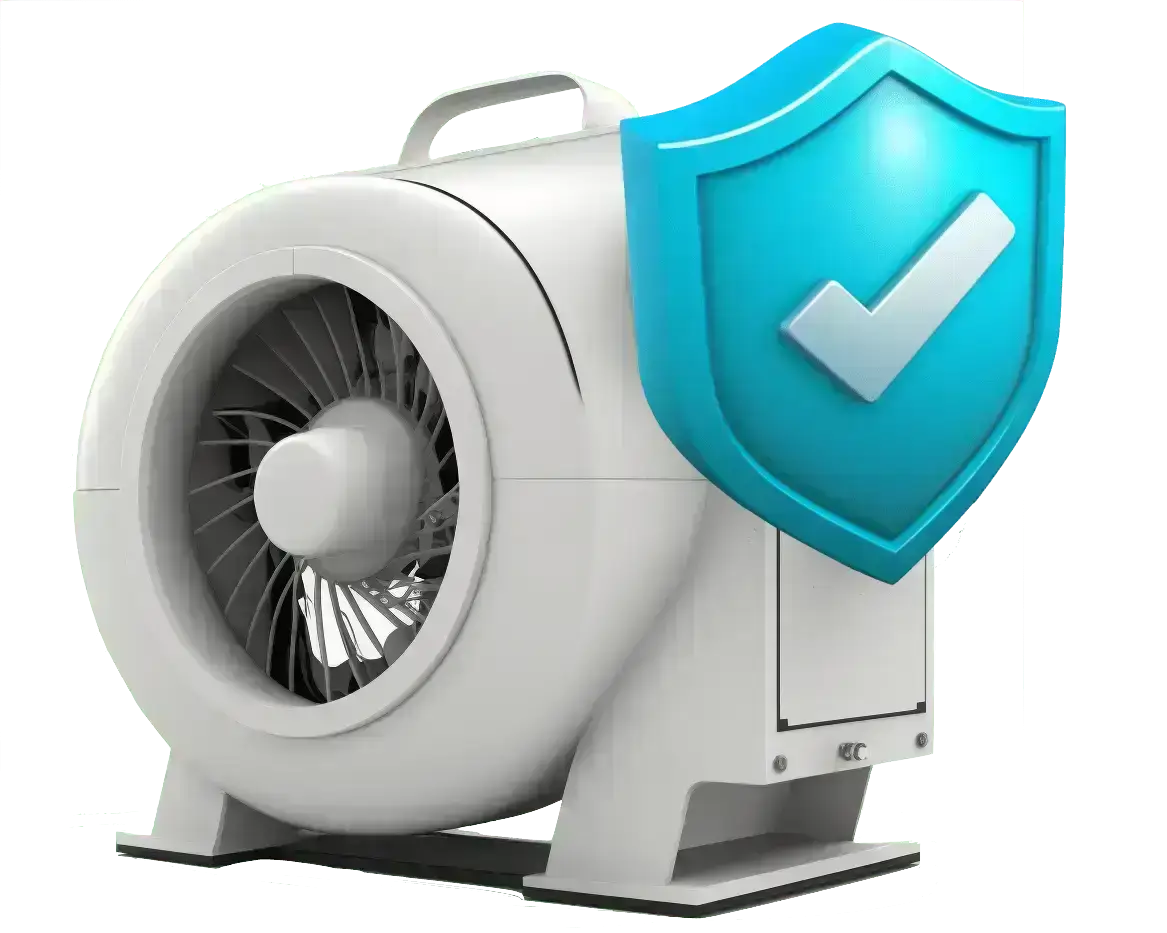
Most furnace manufacturers provide a limited warranty that covers defects in materials and workmanship for a certain period of time. It's important to find out if the warranty also covers labor costs for repairs or replacements. Additionally, research if the warranty is transferable in case you sell your home before the warranty expires.

It's crucial to read the fine print in the warranty document to fully understand the terms & conditions. Check any exclusions or limitations that may apply to your warranty and learn about any registration or maintenance requirements that must be fulfilled to keep the warranty valid. This will ensure that you are fully aware of your rights and obligations under warranty.

Let’s dive into the two most well-known and high-end furnace brands out in the market today and how they differ.

Carrier is a world leader in heating and cooling solutions, known for their advanced technology, best warranty options, and energy-efficient furnaces.


Lennox is a leading brand with over 100 years of experience and a history of excellence, providing quality HVAC systems, known for their energy efficiency and quiet operations.

Carrier’s infinity furnaces feature advanced technology such as modulating gas valves and variable-speed blowers for precise temperature control, making them one of the most advanced and efficient on the market. Long lasting and high-quality parts.
Carrier furnaces come with a 10-year warranty, one of the best in the industry. This means that you can have peace of mind knowing that your furnace is protected for a long time. Additionally, Carrier also offers extended warranty options for added protection.
Carrier’s Infinity series of gas furnaces are energy-efficient, with a high-efficiency rating. This means that they use less energy to heat your home, which can result in lower energy bills and a reduced carbon footprint. Perfect temperatures and reduced energy.
